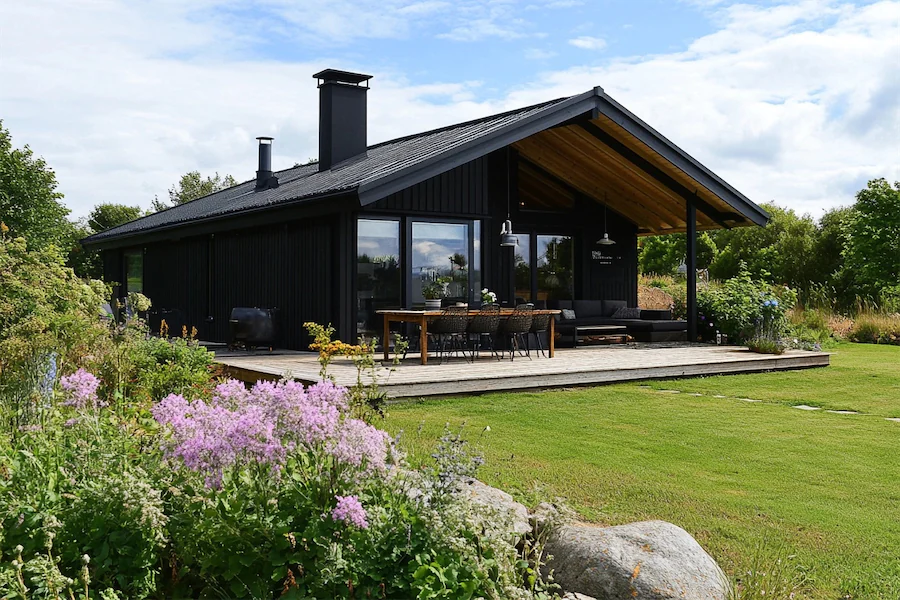A Scandinavian garden embodies the principles of simplicity, functionality, and a deep connection with nature. Rooted in the unique climatic and cultural context of Northern Europe, these gardens are designed to be both aesthetically pleasing and practical, creating serene outdoor spaces that can be enjoyed year-round.
History and Origins of Scandinavian Gardens
The Scandinavian garden design ethos has evolved over centuries, influenced by the region’s harsh climates and the necessity for sustainable living. Traditionally, these gardens emphasized utility, with a focus on edible plants and hardy perennials that could withstand long winters. Over time, this utilitarian approach merged with a minimalist aesthetic, leading to the modern Scandinavian garden that harmoniously blends functionality with understated beauty.
Key Features of Scandinavian Gardens
Scandinavian gardens are characterized by several distinctive features:
- Minimalism: Embracing the Swedish concept of “lagom,” meaning “just right,” these gardens avoid excess, focusing on essential elements to create uncluttered and peaceful spaces.
- Natural Materials: Utilizing materials like timber, stone, and gravel, the design maintains a natural and organic feel, fostering a seamless connection between the garden and its surrounding environment.
- Hardy Plant Selection: Choosing plants that can thrive in cooler climates is crucial. Perennials such as pink peony and delphinium are popular choices, providing color and resilience.
- Seasonal Interest: Incorporating plants that offer visual appeal throughout the year ensures the garden remains engaging, even during the long winters. This includes early spring blooms like snowdrops and crocuses, summer flowers such as lavender and peonies, and winter interest from evergreens and ornamental grasses.
Applications of Scandinavian Gardens
Scandinavian garden principles can be adapted to various settings:
- Urban Spaces: In city environments, minimalist design and the use of natural materials can create tranquil retreats amidst the urban hustle. Incorporating native trees like birch or pine can add vertical interest and a touch of nature.
- Residential Gardens: Homeowners can apply these principles to craft functional and beautiful outdoor areas, emphasizing sustainability and harmony with the natural landscape. Features like simple walkways and integrated seating areas enhance usability.
Considerations When Designing a Scandinavian Garden
When planning a Scandinavian garden, consider the following:
- Climate Adaptation: Select plants that are hardy and can withstand local weather conditions, ensuring longevity and reducing maintenance. Native Scandinavian plants are well-suited to the local climate and provide a natural look.
- Sustainability: Incorporate sustainable practices such as upcycling materials and choosing plants that support local wildlife, aligning with the Nordic emphasis on environmental responsibility.
- Functional Design: Ensure that every element serves a purpose, whether it’s providing seating, guiding foot traffic, or offering seasonal interest, to maintain the balance between beauty and utility.
Conclusion
Scandinavian gardens offer a harmonious blend of simplicity, functionality, and natural beauty. By embracing minimalist design, utilizing natural materials, and selecting hardy, seasonally interesting plants, these gardens create serene and sustainable outdoor spaces that can be enjoyed throughout the year.
